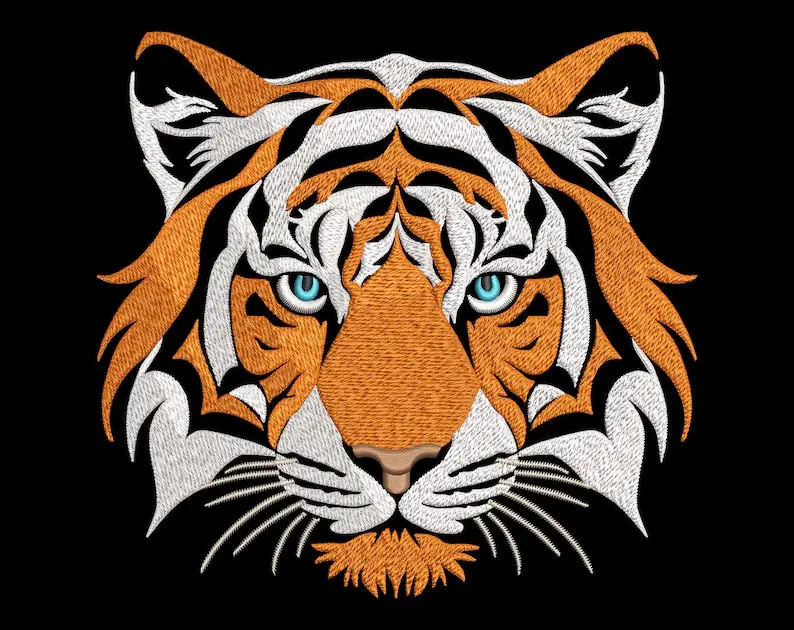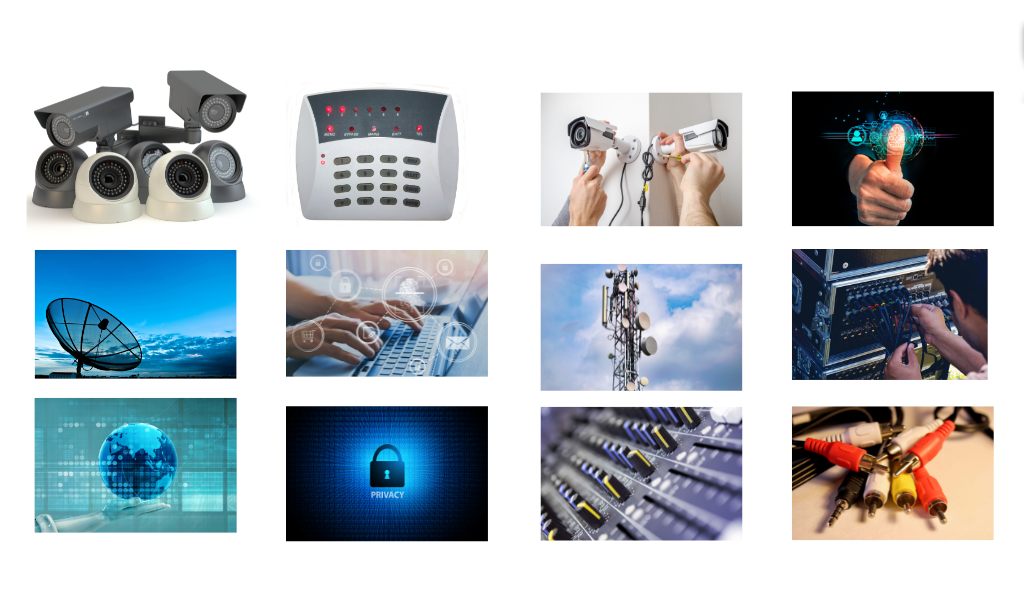A Step-by-Step Guide to the Embroidery Digitizing Process

Embroidery digitizing is a vital process that transforms images into embroidery files, enabling precise and high-quality stitching on fabrics. This guide provides a comprehensive overview of the embroidery digitizing process, designed for both beginners and experienced embroiderers. By following these steps, we can ensure that our embroidery designs are not only visually stunning but also professionally executed.
Understanding the Basics of Embroidery Digitizing
Before diving into the digitizing process, it is essential to grasp the fundamental concepts:
- Embroidery Files: These are specific file types that embroidery machines use to produce designs. Common file formats include DST, PES, and EMB.
- Digitizing: This refers to the process of converting artwork into a format that can be read by an embroidery machine. It involves setting parameters for stitching, such as type, direction, and density.
Step 1: Selecting the Right Software
The first step in the embroidery digitizing process is choosing appropriate software. Various programs are available, each with unique features. Some popular options include:
- Wilcom: Known for its robust tools and user-friendly interface.
- Brother PE-Design: Ideal for beginners, offering comprehensive features for designing and editing.
- Embird: A flexible program that caters to different embroidery needs.
Selecting the right software ensures that we can create high-quality designs with ease.
Step 2: Preparing the Artwork
The quality of the final embroidery design heavily depends on the original artwork. Here are some key points to consider:
- Image Quality: Use high-resolution images to capture details accurately. A resolution of 300 DPI (dots per inch) is recommended.
- Format: Save images in formats like JPEG, PNG, or BMP for optimal compatibility with digitizing software.
- Simplicity: Complex designs may not translate well into embroidery. Aim for simple graphics or vector images, which can be easily manipulated.
Step 3: Importing the Artwork into Software
Once the artwork is prepared, import it into the chosen digitizing software. This process typically involves the following steps:
- Open the Software: Launch the embroidery digitizing program.
- Import Image: Locate the “Import” option and select the prepared artwork file.
- Adjust Size: Scale the image to the desired size for the final embroidery piece.
Step 4: Creating the Outline
After importing the artwork, the next step is to create an outline of the design. This is crucial for defining the stitching path. Here’s how to proceed:
- Select the Outline Tool: Most digitizing software has a specific tool for creating outlines. Use it to trace the design carefully.
- Adjust Settings: Set parameters like stitch type (e.g., satin, fill) and stitch direction. Choosing the right settings impacts the overall appearance and durability of the embroidery.
Step 5: Adding Stitch Types and Settings
Now that the outline is complete, it’s time to specify the stitch types and settings. Consider the following aspects:
- Stitch Type: Different stitch types serve different purposes. For instance, satin stitches provide a smooth finish, while fill stitches cover larger areas.
- Stitch Density: This determines how tightly the stitches are packed. Higher density may be necessary for intricate designs, while lower density works for lighter, airy effects.
- Underlay Stitches: Adding underlay stitches enhances stability and prevents puckering, ensuring a smooth finish on the fabric.
Step 6: Digitizing the Design
With the outline and settings in place, we can begin digitizing the design. This involves converting the outline and stitch settings into an embroidery file. Key steps include:
- Follow the Path: Use the software tools to follow the outline, applying the chosen stitch types at each step.
- Use Layers: If the design is complex, create layers for different elements. This simplifies editing and ensures accuracy.
Step 7: Previewing the Design
Before finalizing the design, it’s crucial to preview it to check for errors. Most software includes a preview function that simulates how the design will look when embroidered. During the preview:
- Check for Gaps: Ensure there are no gaps in the design that may lead to uneven stitching.
- Test Different Backgrounds: Viewing the design on various fabric colors can help determine if adjustments are necessary.
Step 8: Exporting the Design
Once satisfied with the design, the next step is exporting it as an embroidery file. Follow these steps:
- Select the Export Option: Navigate to the export function within the software.
- Choose the Format: Select the appropriate file format compatible with the embroidery machine.
- Save the File: Name the file appropriately and save it in a designated folder for easy access.
Step 9: Testing the Design
Before proceeding to large-scale production, it’s wise to conduct a test run. This involves:
- Using a Sample Fabric: Choose a fabric that closely resembles the final material to ensure the test closely simulates the actual embroidery process.
- Embroidering the Design: Load the embroidery file into the machine and start the test embroidery. Monitor the process for any potential issues, such as thread breaks or misalignments.
Step 10: Final Adjustments
Based on the test run results, make any necessary adjustments to the design. This may include altering stitch density, modifying underlay settings, or tweaking the overall design.
Conclusion
The embroidery digitizing services process is intricate yet rewarding. By following these detailed steps, we can create high-quality embroidery designs that meet professional standards. Emphasizing quality and attention to detail will ensure that our final products are both aesthetically pleasing and durable.
FAQs
What is the best format for embroidery files?
The best formats include DST, PES, and EMB, as they are widely supported by various embroidery machines.
How do I choose the right embroidery software?
Consider factors such as ease of use, features offered, and compatibility with your embroidery machine when selecting software.
Can I digitize my own designs?
Yes, with the right software and skills, you can digitize your own designs, allowing for more creative control.
What materials are best for embroidery?
Fabrics like cotton, denim, and polyester are ideal for embroidery due to their durability and ease of stitching.
How do I ensure my designs are error-free?
Previewing the design in the software and conducting test runs can help identify and correct errors before final production.









